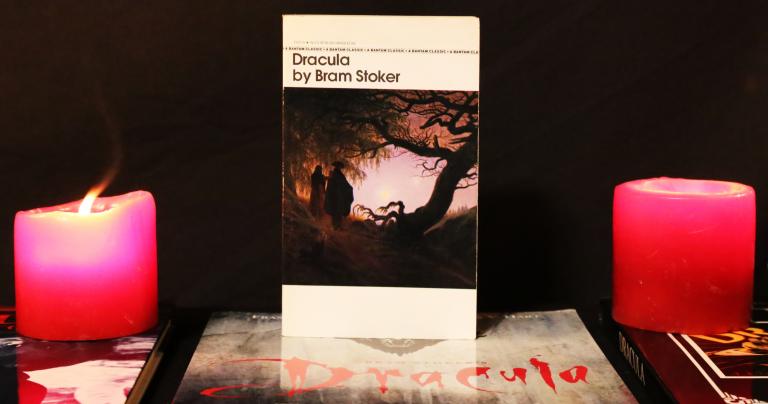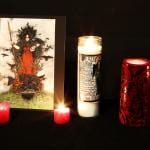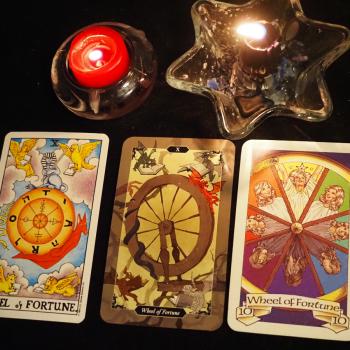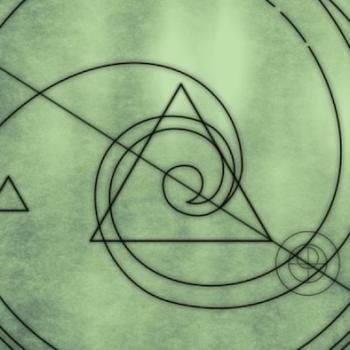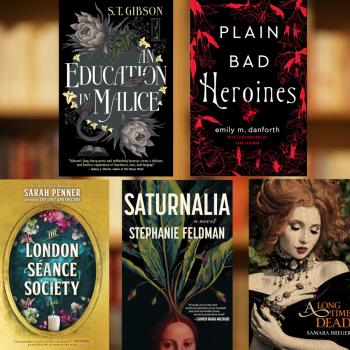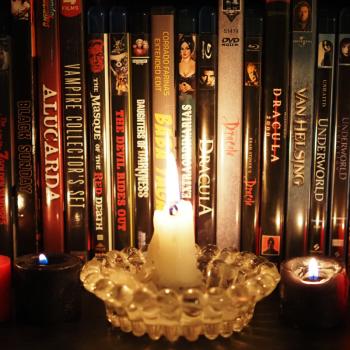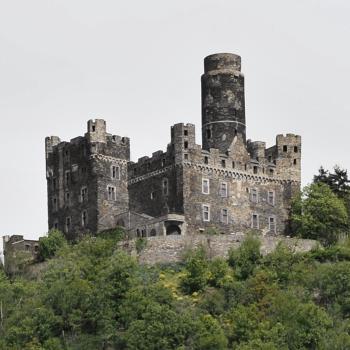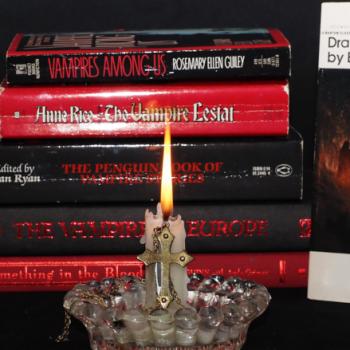Here’s the bottom line on the new Netflix / BBC Dracula miniseries: it tries to do too many things and ends up doing few of them well. If you’re a Dracula completist, or if you’re just looking for something to fill four and a half hours of your time, by all means give it try. It’s not boring, and some parts of it – mainly Sister Agatha – are quite good.
But ultimately it’s unsatisfying, and it falls well short of the standard set by the four major film Draculas: Bela Lugosi in 1931, Christopher Lee in 1958, Frank Langella in 1979, and Gary Oldman in 1992.
Beyond here are spoilers. I think they’re mild spoilers, but read at your own risk.
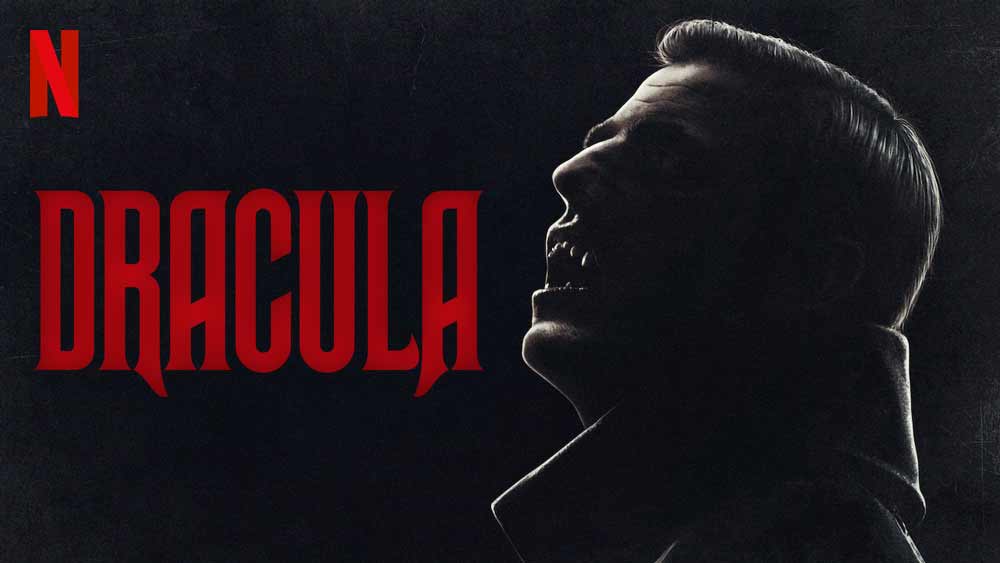
The challenge of a new Dracula
How many Dracula movies are there? Google’s answer is “at least 62.” I haven’t seen them all, but I’ve seen plenty, and I’ve read Bram Stoker’s 1897 novel multiple times. None of the films are entirely faithful to the book – the 1977 BBC version starting Louis Jourdan is generally considered the closest.
Most filmmakers condense the story – the 1931 version by Tod Browning runs only an hour and 15 minutes. The novel doesn’t lend itself to sequels (Dracula dies in the end) but that hasn’t stopped people from either finding imaginative ways to bring the Count back from the dead (as with the many Hammer films from the 1960s and 70s), or simply writing new stories using existing characters and themes. Fan fiction, anyone?
This new version takes a unique approach. It devotes the first two of its three 90-minute episodes to a deep exploration of scenes that Stoker only mentioned in passing. And that started out rather well.
Jonathan Harker in the convent
When Jonathan Harker escapes Dracula’s castle, he takes refuge in a convent. Sister Agatha writes to Mina in England (page 105 in my copy of the book), telling her that Jonathan is safe but very sick. The first episode imagines what happened in the convent.
And it gives Sister Agatha a last name: Van Helsing.
Dolly Wells makes Sister Agatha the best character in the series. She combines some of the eccentricity of Anthony Hopkins’ Van Helsing in the 1992 film with her own take on being a strong woman in a male-dominated society. Sister Agatha is a student of vampirism, not an old professor like Abraham Van Helsing. She’s brought in to interview Harker about his experiences with Dracula and see what she can learn in the process. We follow along as Jonathan tells his story to Sister Agatha.
I’m not sure what’s behind the recent trend for non-linear storytelling. It worked in Atomic Blonde because they clearly labeled when and where everything was taking place. It was a real problem for me in Netflix’s The Witcher, though less so for those who had read the books or played the games.
I’m very familiar with the Dracula story. I was able to keep up with the jumping back and forth, but I still found it annoying.
Danish actor Claes Bang plays Dracula as a supervillain. He’s clearly evil, but he’s so over the top it’s entertaining. You know he has to be stopped, but you don’t want to stop watching him.
I wasn’t thrilled with some of what went on in Dracula’s castle. The Brides were mentioned but only one was briefly shown – where’s Monica Bellucci when you need her? The creatures in crates seemed to be borrowed from The Hunger – why some of Dracula’s victims turned out OK and others didn’t was never explained.
Still, the first episode was new and different, and rather promising.
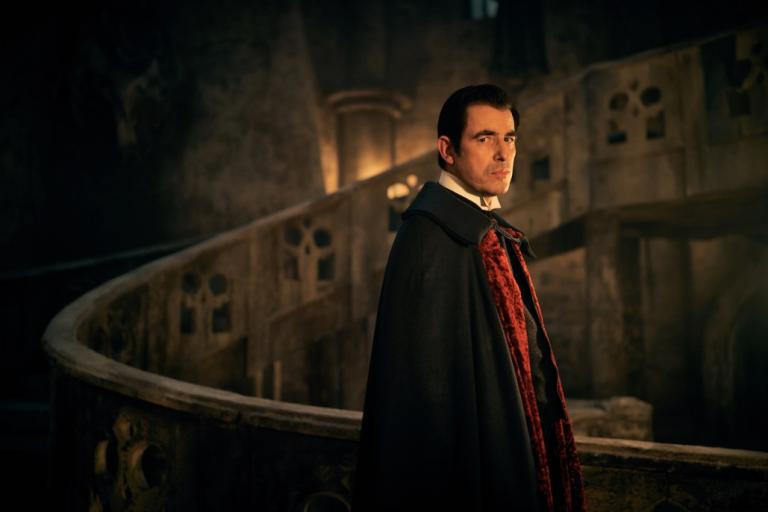
The Voyage of the Demeter
In the book and in most of the movies, Dracula books passage on the sailing ship Demeter to take him and his boxes of Transylvanian soil to England. Little is said about the journey, other than that the ship arrived with all the crew dead.
The second episode begins with a conversation – and a chess game – between Dracula and Sister Agatha. That allows the Count to tell the story of his sea journey… for a while, anyway.
This brings in new characters for both passengers and crew, characters not mentioned in the book but that surely would have existed. All of them have their own stories, in addition to the story of what happens when they realize they’re being killed one at a time.
As with the first episode, this was unevenly done but imaginative and entertaining.
Until the final scene of episode 2.
Dracula arrives in England
The 1979 Frank Langella Dracula opens with the arrival of the Demeter in Whitby. By the time this Dracula sets foot on English soil, the new miniseries is two thirds done.
I can’t say much about the third episode without giving away a major plot twist and I don’t want to do that. Instead, I’ll repeat the old cliché that just because you can do something doesn’t mean you should.
The imaginativeness of the first two episodes is gone in the third. Many of the scenes are forced, the plot points are implausible, and the whole thing is rushed – despite having more time for this episode than the entire films of 1931 or 1958. I don’t think I would have cared about Lucy, Jack Seward, or Quincey Morris if I hadn’t already known who they were.
The ending is entirely unsatisfying. Sister Agatha figures out what he’s really afraid of and all of sudden sunlight doesn’t hurt him? And then he’s no longer evil and performs a sacrificial act of compassion? It’s completely inconsistent with what the series has shown us about Dracula, and therefore it’s completely unbelievable.
Who is Dracula, anyway?
Bram Stoker wrote Dracula as a monster. Many people believe Dracula was (among other things) a racist warning against Eastern European immigrants.
But then Bela Lugosi and Christopher Lee made him attractive. Frank Langella oozed sexiness – I’m straight, but I might make an exception for Langella’s Dracula. Gary Oldman’s Dracula was extremely sympathetic – the subtitle of the movie is “love never dies.”
It would be unfair to blame the inconsistency of this Dracula on Claes Bang. That fault lies with writers Mark Gatiss and Steven Moffat. They made him a supervillain, and supervillains can’t be redeemed. They have to be defeated, preferably in the most melodramatic way possible – like Peter Cushing’s Van Helsing turning a windmill to form a giant cross and kill Baron Meinster with its shadow in Brides of Dracula.
Since 1992 I’ve been waiting for the fifth Great Dracula. Dracula 2000 started out promising, but the big reveal (Dracula is really Judas Iscariot) ruined it for me. Dracula Untold (2014) used the historical Dracula to create a plausible backstory for the vampire, but failed to make a viable connection to the Stoker storyline. Other Draculas of the past 28 years have been mostly forgettable.
I had high hopes for the Netflix / BBC version, but alas, it was not to be. The concept was intriguing, the effects and other budget-related items were good enough, and the acting was excellent.
But the writing killed it.


